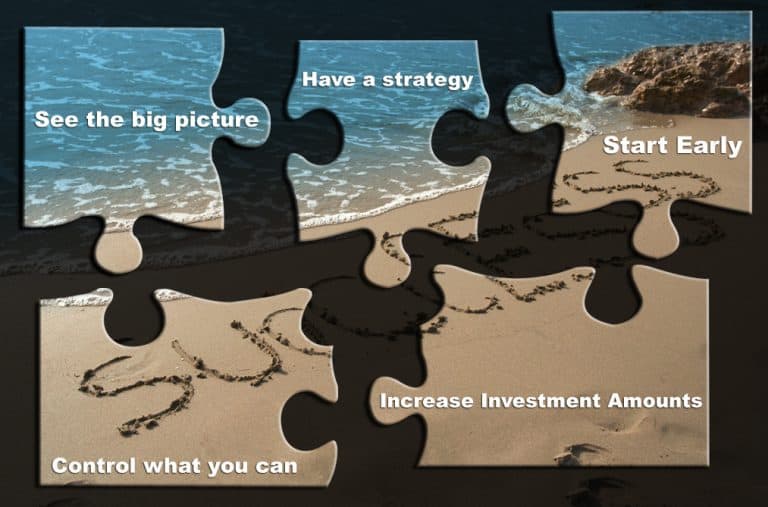Are You Making These Two Critical Investment Mistakes?
It’s no secret: getting an early start on saving and investing is one of the most important things you can do for your future! Putting money into the market when you’re young – even small amounts – gives your investments time to grow and compound over time. Unfortunately, too many millennials haven’t gotten started yet….










